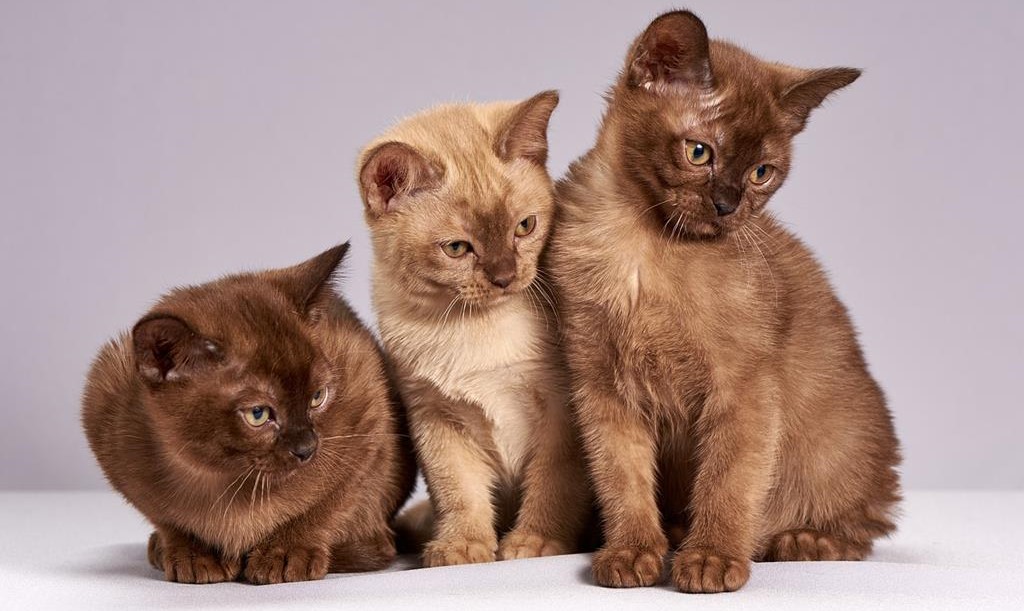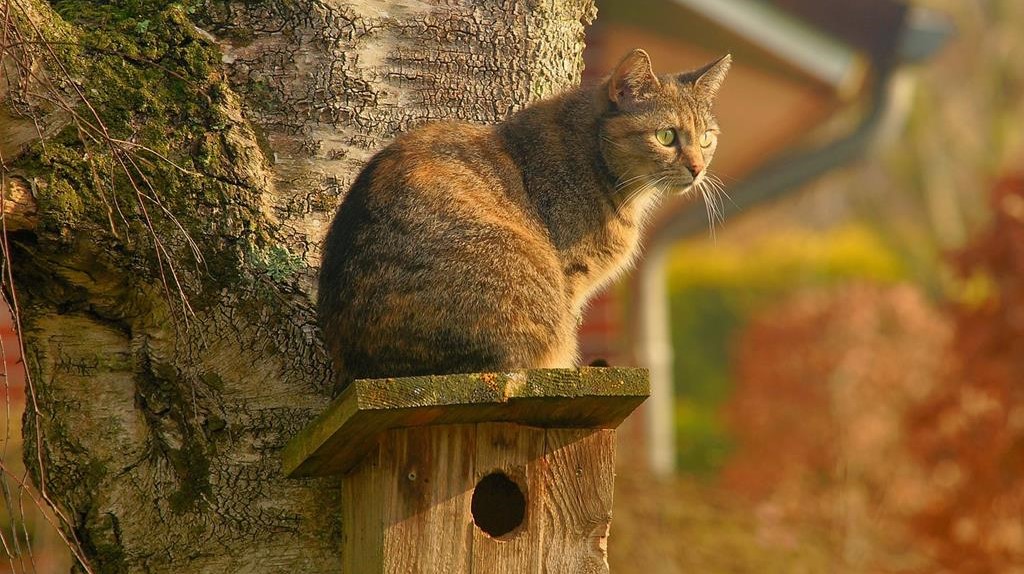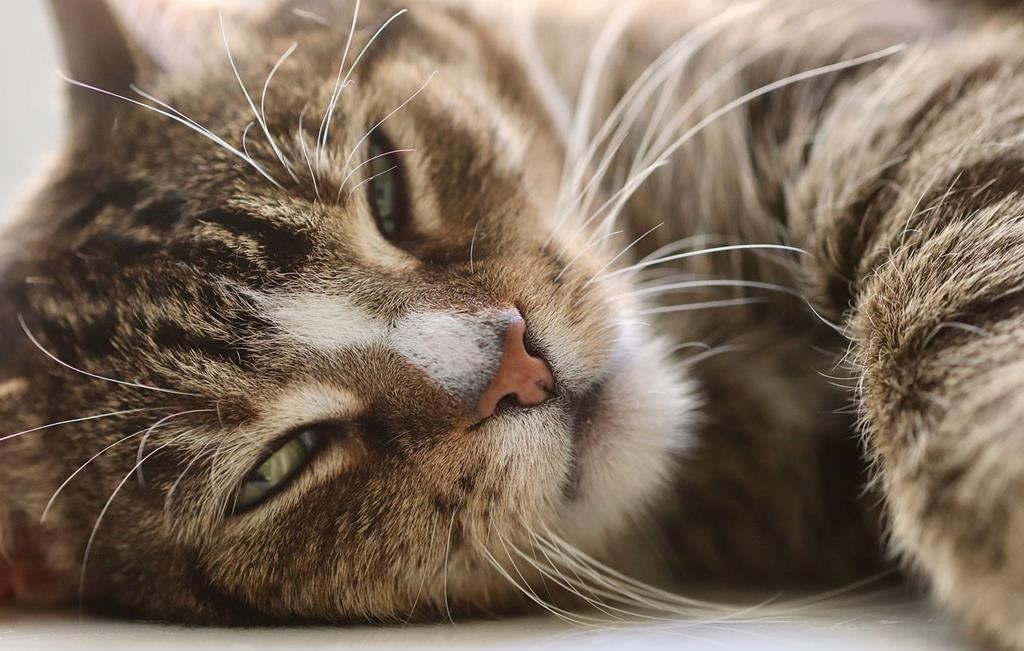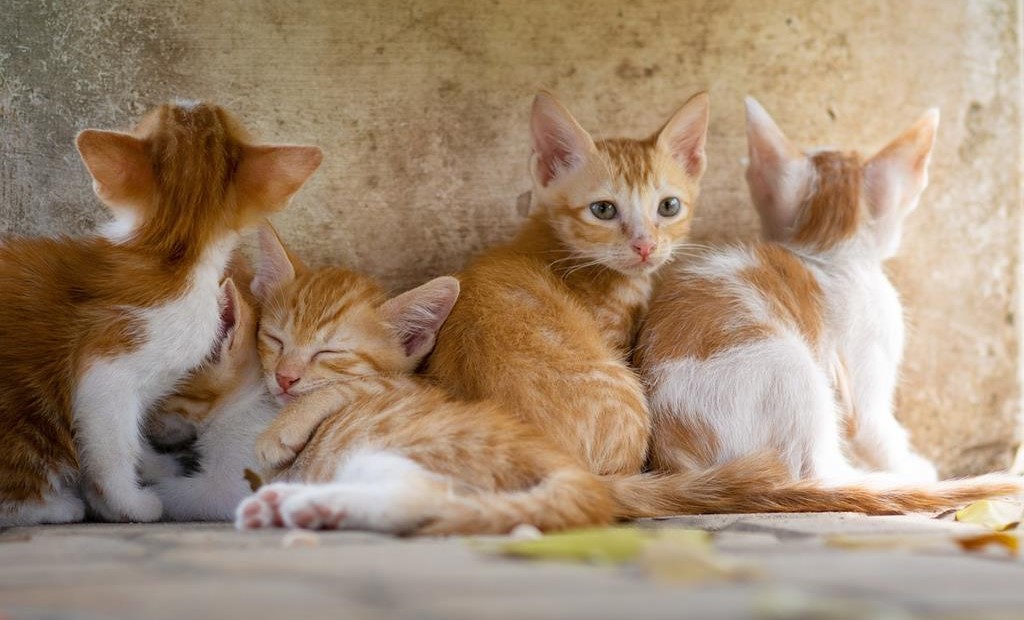Cats have been our companions for thousands of years, yet they also occupy diverse roles in the wild and urban landscapes. Among the various categories of free-roaming cats, two terms are often used interchangeably: “stray” and “feral.” However, these terms hold distinct meanings that reflect the different ways in which cats interact with humans and their environments. Understanding the differences between stray and feral cats is crucial for appropriate and compassionate management strategies.
Defining Stray Cats:
Stray cats are domestic cats that have wandered away or become lost from their homes or human caregivers. They are cats that were once socialized to humans but, due to unforeseen circumstances, have found themselves outside without proper care. Stray cats may exhibit a range of behaviors, including approaching people for food, seeking shelter near human habitation, and displaying varying levels of comfort around humans. They might still be receptive to re-establishing a bond with humans if provided with the opportunity and care.
Characterizing Feral Cats:
Feral cats, on the other hand, are domestic cats that have reverted to a wild state due to extended periods of minimal human interaction or abandonment. These cats are often born to feral mothers and have never had the chance to socialize with humans during their formative weeks. Feral cats are deeply attuned to their natural instincts, displaying skittish behavior around humans and typically avoiding direct interaction. They are well adapted to surviving independently in their environment, often forming loose colonies for safety and support.
Key Differences: Stray and Feral Cats

- Socialization: The most significant difference between stray and feral cats lies in their socialization to humans. Stray cats have a history of human interaction, which means they might still be open to forming relationships with people. Feral cats, however, have had limited or no contact with humans during their crucial socialization period as kittens, making them far less likely to be comfortable around humans.
- Behavior: Stray cats may exhibit behaviors such as approaching humans for food or attention. They might respond positively to attempts at socialization. Feral cats, due to their wild nature, are more likely to avoid direct contact and might display defensive or fearful behavior if approached.
- Independence: While both stray and feral cats are often independent by necessity, feral cats have adapted more thoroughly to life in the wild. They have honed their hunting skills, developed intricate communication within their colonies, and established territories to navigate their environment.
- Management: Stray cats can often be rehomed through efforts such as trap-neuter-return (TNR) programs, where they are trapped, spayed/neutered, vaccinated, and then either returned to their original location or adopted into homes. Feral cats, due to their aversion to human contact, are generally better suited to TNR programs that allow them to continue living in their familiar territory while controlling their population growth.
Compassionate Management:
Understanding the differences between stray and feral cats is essential for implementing effective and humane management strategies. Stray cats may be candidates for adoption and rehabilitation programs, whereas feral cats are better served by TNR initiatives that maintain their presence in the environment while preventing unchecked breeding. It’s crucial to approach both categories of cats with respect for their unique needs and behaviors, ensuring their welfare and contributing to harmonious coexistence between cats and humans.
Do stray cats become feral?

Yes, stray cats can potentially become feral over time if they are not properly socialized or if they experience extended periods without regular human interaction. The transition from being a stray cat to a feral cat is influenced by various factors, including their age, past experiences, and the environment in which they find themselves.
Here’s how the process typically unfolds:
- Stray Cats: Stray cats are domestic cats that have become separated from their homes or human caregivers. These cats might have once been socialized to humans and might display behaviors such as approaching people for food or shelter. Stray cats often have a better chance of being reacclimated to human interaction and domestic life if they are found and cared for promptly.
- Limited Socialization: If a stray cat continues to be exposed to minimal human interaction or negative experiences, they might start to become more cautious or fearful of people. This could be due to factors such as not receiving regular meals or encountering hostility from humans or other animals.
- Feralization: As time goes on, a stray cat that has not been socialized or treated kindly by humans can become more feral in behavior. They might start to avoid human contact altogether, becoming skittish and elusive. This behavior is a survival mechanism, as they are adapting to their environment and trying to minimize potential threats.
- Reversion to Wild Behavior: Over a more extended period of minimal human interaction, a stray cat’s behavior can become increasingly aligned with that of a feral cat. They might develop stronger hunting skills, establish territories in the wild, and form bonds with other feral cats for survival and companionship.
It’s important to note that the transition from being a stray to being feral is not always inevitable. Some stray cats, especially if found and cared for early, can be successfully rehabilitated and socialized to humans. Programs such as trap-neuter-return (TNR) can also help prevent stray cats from becoming feral by addressing their needs and preventing unchecked breeding. TNR involves trapping, spaying/neutering, and vaccinating stray cats before returning them to their original location, thus stabilizing the population while ensuring their well-being.
In summary, while stray cats can potentially become feral over time if they are not provided with proper care, attention, and socialization, there are strategies and interventions that can help prevent or mitigate this transition. Early intervention, such as rescue and socialization efforts, as well as TNR programs, play a crucial role in ensuring the welfare of free-roaming cats and managing their populations responsibly.
What happens to most stray cats?

The fate of most stray cats can vary widely depending on a range of factors, including their location, the efforts of local animal welfare organizations, and the level of human intervention. Here are some possible outcomes for stray cats:
- Rescue and Adoption: In areas with active animal shelters, rescue organizations, and community members who care about animal welfare, many stray cats are rescued and placed up for adoption. Stray cats that are still relatively socialized to humans have a good chance of being adopted into loving homes.
- Trap-Neuter-Return (TNR): In places where TNR programs are in place, stray cats are trapped, spayed or neutered, vaccinated, and then returned to their original location. This approach helps control the population of stray cats while allowing them to continue living in their familiar territory. TNR is especially effective for managing feral cat populations and can also benefit semi-socialized stray cats.
- Becoming Feral: Unfortunately, without intervention, some stray cats may gradually become feral due to prolonged exposure to the wild and lack of human interaction. As their behavior becomes more feral, they might start to avoid humans and rely more on their instincts for survival.
- Shortened Lifespan: Stray cats, especially those that become feral, face numerous challenges in the wild, including exposure to harsh weather, predators, disease, and lack of consistent food sources. As a result, their lifespan can be significantly shorter compared to indoor cats or those living in managed colonies.
- Euthanasia: In areas with limited resources, overcrowded shelters, or a lack of proactive animal welfare programs, some stray cats might unfortunately be euthanized if they cannot be adopted or if their behavior is deemed too feral to rehabilitate.
- Community Care: Some communities have informal networks of individuals who provide food, water, and shelter for stray cats. While this might not address the long-term issues associated with stray cat populations, it can offer a level of care and support for these animals.
- Integration into Feral Colonies: Some stray cats may join existing feral cat colonies, where they find safety and social structure among other cats. These colonies can sometimes be managed by local caregivers who provide food, shelter, and veterinary care.
It’s important to note that the outcomes for stray cats can greatly improve when there are coordinated efforts by animal shelters, rescue organizations, and communities to address their needs. TNR programs, adoption initiatives, and education about responsible pet ownership and community cat management can all contribute to more positive outcomes for stray and feral cats alike.
Can cats suddenly go feral?
Cats don’t typically go feral suddenly, but their behavior can gradually shift towards a more feral state over time due to changes in their circumstances and interactions with humans. Feral behavior is usually the result of a lack of socialization with humans during a critical period of their early development.
Here are some scenarios that might contribute to a cat’s behavior becoming more feral:
- Abandonment: Cats that were once socialized to humans but are abandoned or left to fend for themselves without human interaction can become more wary and skittish over time. The absence of positive human experiences and care can lead to the development of more feral behaviors.
- Isolation: Cats that are isolated from human contact for extended periods, especially during their kittenhood, can become less accustomed to human presence. This lack of socialization during their formative weeks can lead to feral-like behavior.
- Negative Experiences: Cats that experience negative interactions with humans, such as mistreatment or trauma, might start avoiding human contact as a defense mechanism. These negative experiences can erode their trust in humans and contribute to feral behavior.
- Survival Instincts: In some cases, cats that find themselves in challenging environments, such as areas with limited resources or high predation pressure, might develop feral behaviors to enhance their chances of survival. These behaviors could include increased wariness of potential threats, including humans.
- Regression: Cats that were once friendly and social but have experienced prolonged stress, trauma, or neglect might “regress” in their behavior and become more feral-like. This can happen when their stress responses override their socialization.
It’s important to remember that while a cat’s behavior might become more feral due to these factors, it doesn’t mean they are incapable of change. With patience, time, and the right approach, some cats can still be rehabilitated to varying degrees. Socializing feral cats requires a gradual process that builds trust and allows the cat to feel safe in the presence of humans.
In contrast, truly feral cats, especially those born and raised without human contact, are less likely to suddenly become friendly and sociable with humans. Their behavior is deeply ingrained, and they have adapted to a wild way of life for survival.
In summary, while cats don’t typically become feral suddenly, their behavior can shift over time due to a lack of positive human interactions, negative experiences, or challenging environments. Recognizing the signs of feral behavior and understanding the factors that contribute to it can guide efforts to appropriately care for and manage free-roaming cats.
Conclusion:
Stray and feral cats might seem similar at first glance, but their backgrounds, behaviors, and interactions with humans are distinct. Recognizing these differences is vital for developing appropriate strategies to care for and manage these feline populations. By adopting compassionate approaches that respect the inherent nature of these cats, we can work toward creating a balanced and harmonious environment for all.



